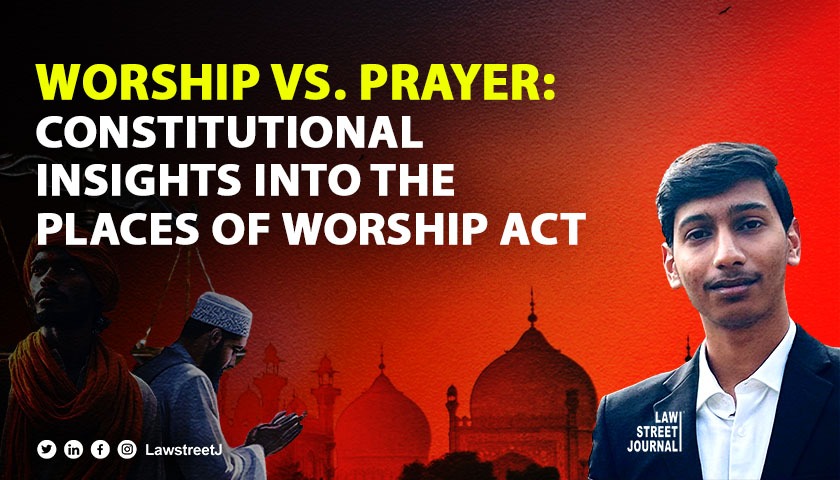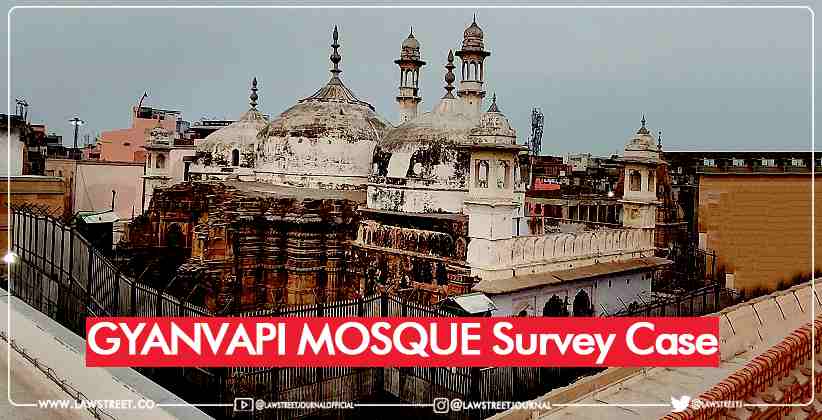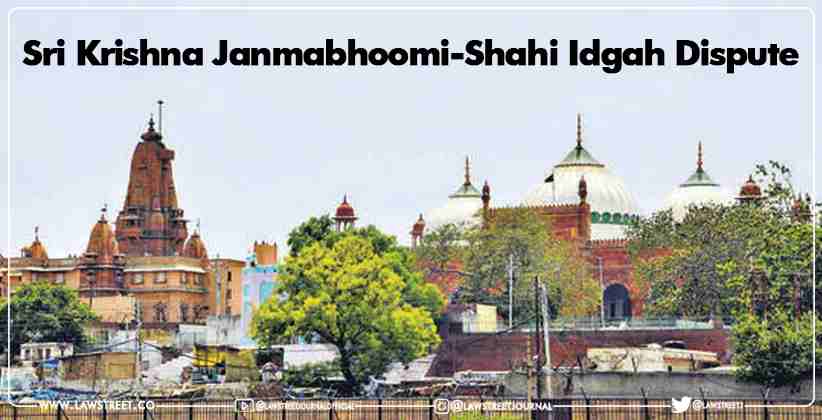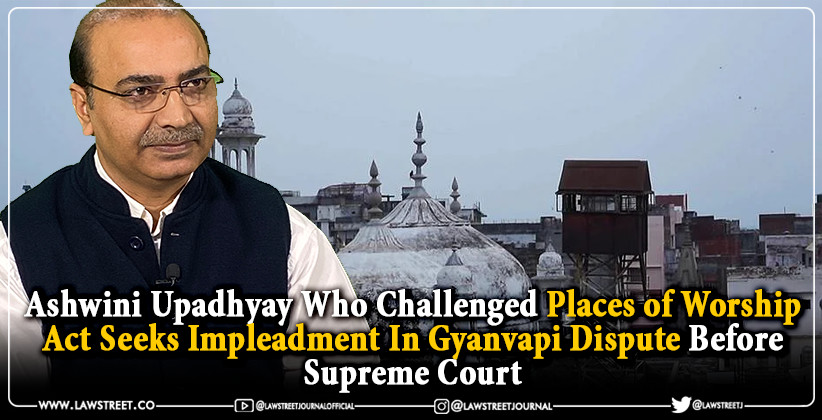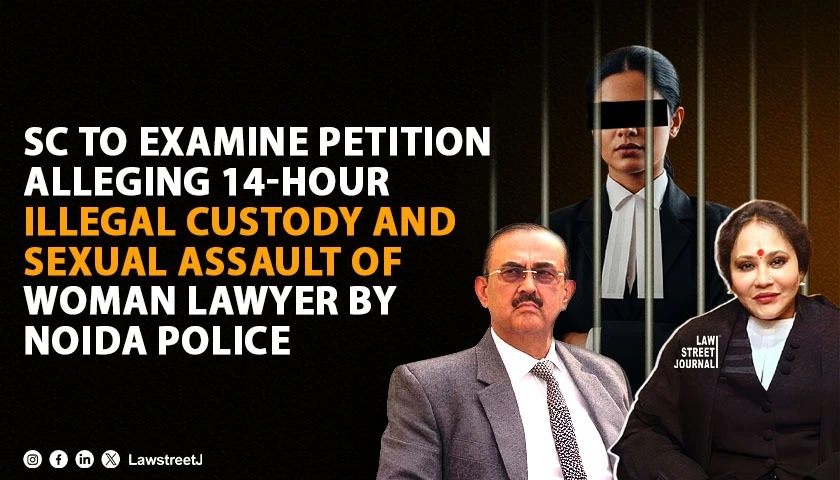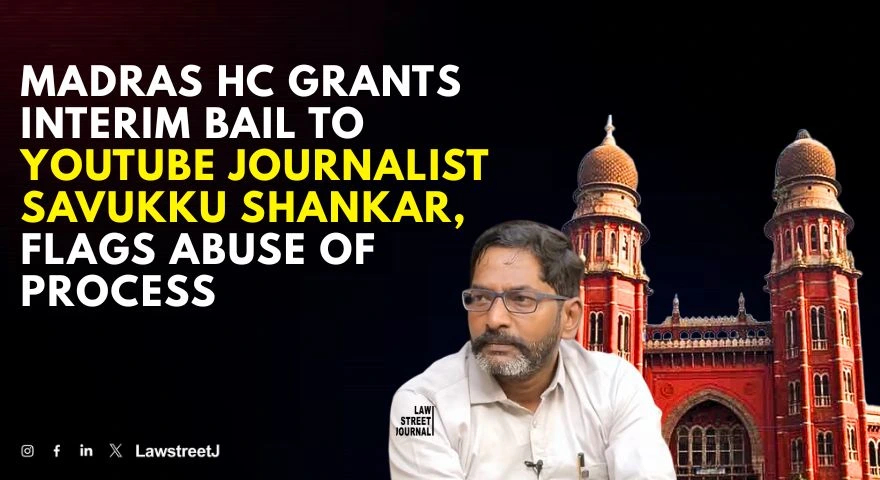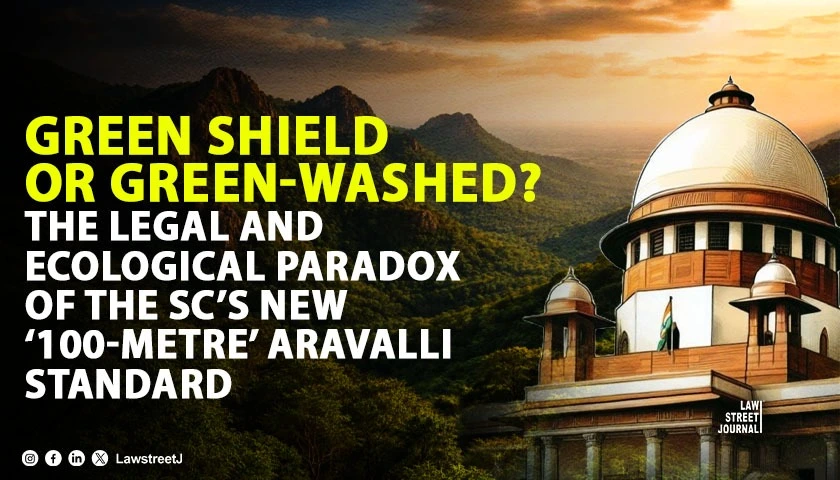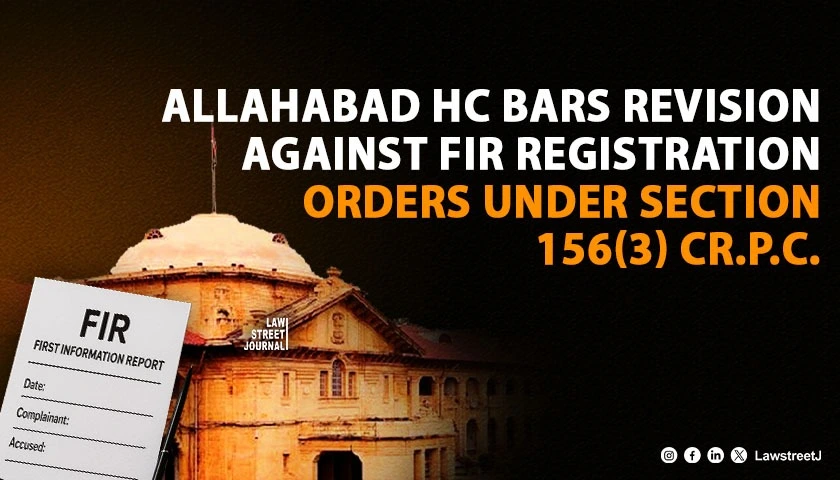NEW DELHI: Religious sites in India have frequently been flashpoints of contention among various religious and dharmic groups. The Places of Worship (Special Provisions) Act, 1991, stands at the center of these debates, often misunderstood, particularly when distinguishing between ‘Worship’ and ‘Prayer,’ and ‘Place of Worship’ and ‘Place of Prayer.’ This confusion has significant implications for the Act’s practical application, while its constitutionality remains a separate issue worth examining.
‘Worship’ is the act of showing reverence or performing rituals for a deity. It is performed at a specific place where the idol is situated. ‘Prayer,’ on the other hand, is directed toward a divine entity considered omnipresent and can be performed anywhere. For example, Lord Ram can be worshipped in a temple, while he can be prayed to anywhere. Muslims pray to Allah regardless of their location—whether in an airport lounge or at home. This distinction highlights that the ‘Place of Worship’ cannot be changed, but the ‘Place of Prayer’ may be.
Also Read - Places of Worship Act, the Black Law of India: Explained
Once the ‘Pran Pratishtha’ of a temple is completed, the land itself becomes the temple and remains so until the ‘Visarjana’ of the idol is performed. The structure built on the land is merely a visible representation of the temple. In India, it is common for an idol placed under a tree to acquire the status of a Place of Worship. Even if the tree is uprooted by strong winds, the sanctity of the land remains. In contrast, Gulf countries have been known to deconstruct mosques to make way for roads or hospitals, emphasizing the non-permanent nature of mosques.
In the context of the impugned Act, this distinction becomes crucial for understanding its purpose. The Act’s very name suggests that it applies to Places of Worship and makes no mention of ‘Prayer.’ It seeks to preserve the religious character of Places of Worship. A common misinterpretation is that the Act refers only to the physical structure of religious buildings and forbids their conversion. In reality, it addresses preserving the inherent religious character of a Place of Worship.
Also Read - Is Places Of Worships Act a Conspiracy against Hindu Temples?
If I were to wear a yarmulke and pray in a synagogue, would that make me a Jew? Similarly, if I wore a white coat, would that make me a doctor? Clearly not. In the same way, if a dargah were given the appearance of a gurudwara, would it become one? No, because the ‘Character’ of a place does not change. If a temple was destroyed by Mohammad Ghori and a mosque was constructed atop it, the land would retain its identity as temple land. This Act preserves the character of such demolished religious sites.
Additionally, under the guise of this Act, archaeological surveys of religious places have been disallowed—a move contrary to the spirit of the Act itself. If the religious ‘Character’ of a place is to be preserved, it must first be determined, which requires conducting such surveys.
Is the Act Constitutional?
Several legal aspects suggest otherwise. First, the Act does not differentiate between Places of Worship and Places of Prayer, treating inherently different entities as the same. Second, the Act’s justification under ‘Public Order’ is questionable, as ‘Public Order’ falls under the State List (Entry 1, List II, Schedule VII). Third, a deity is a juristic person under Indian law. Allowing one deity to approach the courts to reclaim its temple while denying another deity the same right violates the principle of equality. Lord Ram has the right to approach the court for Ram Janmabhoomi, but Lord Krishna is denied the same right for Krishna Janmabhoomi.
Fourth, the maxim of ‘Ubi jus ibi remedium’ (where there is a right, there is a remedy) has been violated by this Act. People have been deprived of their right to approach the courts. In India, the judiciary is not subservient to the legislature; it independently decides whether a case falls within its jurisdiction. By passing this legislation, the legislature has transgressed the doctrine of Separation of Powers. The possibility of resolving disputes through mediation or arbitration has also been foreclosed.
Fifth, Parliament has effectively sought to legalize historical injustices through this Act. Invaders such as Mohammad Ghori desecrated India’s cultural centers—its temples—and constructed un-Islamic structures over them. Even Islamic law requires that land for constructing mosques be ‘Pak’ (pure). Structures built on encroached lands violate this principle. Granting such illegally constructed structures permanent status disrespects the sovereignty of India—a sovereignty Parliament is duty-bound to uphold.
Also Read - Gyanvapi mosque committee seeks intervention in pleas against 1991 Act
Substantively, while the Act claims to preserve public order, it denies substantive justice to Hindus, Jains, Sikhs, and Buddhists whose Places of Worship were destroyed by invaders. To deny that the Delhi Sultanate and Mughal eras preferred Muslims while coercing non-Muslims is to ignore historical reality. The desecration of temples is well-documented in historical texts. This issue is not about Hindus versus Muslims; it concerns the sovereignty of the nation—a sovereignty in which Muslims play an equal role alongside Hindus.
Moreover, disputes settled through acquiescence before July 11, 1991, were exempted from the Act’s provisions. But what if those settled disputes were themselves illegal? What if a mosque was wrongly converted into a Shiva temple? In the turbulent 1950s, numerous illegal claims could have been made and later acquiesced. Setting August 15, 1947, as the cutoff date is arbitrary, as it disregards the volatile circumstances of the preceding decades, during which temples, mosques, gurudwaras, and churches were destroyed or their identities altered.
In essence, if the Act remains in force, it would protect the religious character of Places of Worship—not merely their visible structures. While it aims to preserve religious sites, it raises serious constitutional questions. It conflates worship with prayer and limits the possibility of justice for historical grievances. To be truly effective, the Act must balance preserving religious character with addressing historical accuracy, upholding national sovereignty, and ensuring fairness, justice, and equality.
—Nitin Upadhyay (B.A. LL.B, 1st Year, ILC, Faculty of Law, Delhi University).
[Disclaimer: The views expressed are solely of the author and they do not purport to reflect the opinion or views of LawStreet Journal].

